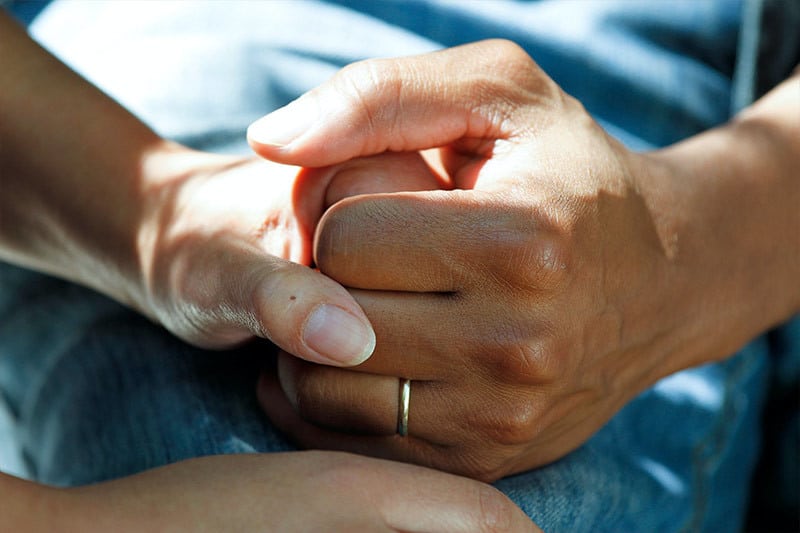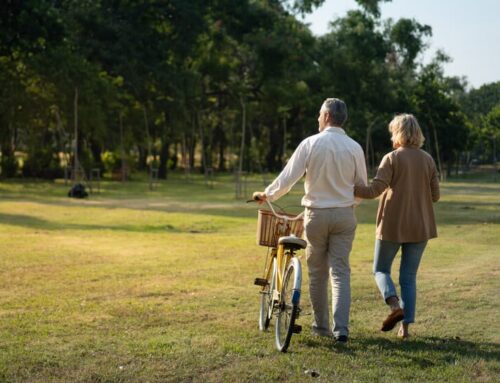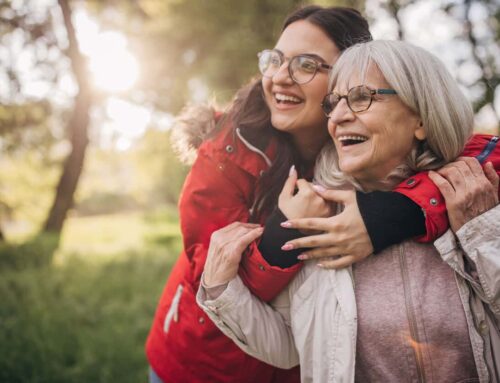Many people find comfort in doing things the same way as their parents and grandparents did. They make peanut clusters at Christmas because “that’s what grandma always did.” Each bride in the family wears the same strand of pearls at her wedding because it is an important family heirloom. Some families even plan the same types of funerals for their deceased loved ones, generation after generation.
You may feel uncomfortable about the idea of cremation if you come from a family that has always chosen burial as an end-of-life option, but it is not as scary as you think. The purpose of this blog is to educate you about the cremation process. We will tell you a bit about the history of cremation in the U.S. and explain the science involved in the process. We also intend to reassure you that whether or not your family has chosen cremation for their loved ones in the past, it is a loving and environmentally-friendly way to say goodbye to someone you love.
The History Behind Cremations
Even though cremation has been used for centuries in other areas of the world, the practice didn’t come to the United States until the 1850s. The first person to open a crematorium in the U.S. did so just five hours west of Philadelphia in Washington, Pennsylvania.
The man behind the practice was a medical doctor, Dr. Francis Julius LeMoyne. He designed and built the crematorium because he thought the new-found method of embalming the deceased might harm the health of the living.
Since then, cremation has slowly gained in popularity over the decades. In 2016, CNN reported that over half of Americans were choosing cremation over burial.
The Science Behind Cremations
Some people feel better about cremation after learning about the process. Here are the basic steps of cremation.
After a person dies, the Philadelphia Cremation Society will transfer the body from a hospital, coroner’s office, nursing home, hospice facility, or private residence to their facility.
After the proper paperwork has been completed, the body will be prepared for cremation. It is worth noting that bodies that are to be cremated are typically not embalmed unless the family wishes to have the body present at an open-casket visitation or viewing.
Before the cremation occurs, non-combustible items are removed from the body. These can include pacemakers and other medical devices, dental fillings, and jewelry.
The body is then placed in a rigid container that could be described as an inexpensive, combustible casket. The cremation process takes between an hour and a half to two hours, depending on the size of the body. During this time, the body’s soft tissues are vaporized and oxidized by the heat.
Once the cremation is completed, the three to nine pounds of cremains are returned to the designated family member. The cremains will look like coarse gray sand and will be first transferred into a durable plastic bag before being placed in a temporary container or an urn.
After the cremains are returned to the family, it is up to them to determine what will be done with the ashes. Some people ask, “do you have to bury ashes after cremation?” While burying the cremains is one option, there are many others to consider.
Families can place the cremains in a columbarium niche. These are small spaces designed to hold an urn. Families can purchase small plaques with the deceased’s name that are placed on the outside of the niche. This method, as well as burying the cremains in a cemetery, is popular because it provides a place for family and friends to visit. It also gives an eternal resting place for the cremains, which many faith organizations, such as the Catholic Church, require for their members.
Other families choose to keep the cremains of their loved ones in urns at home. Some choose to scatter the ashes, while others may have the cremains made into a piece of jewelry, works of art, or a firework.
It’s Not as Scary as You Think
We understand that many people feel uncomfortable thinking about the process of death and burial. But cremation is a loving way to prepare a body for its eternal resting place. In fact, many people prefer the process of cremation over burial because it is more environmentally-friendly. It also allows the family to choose a more personal way to say goodbye to one they love.
If you are pre-planning your own funeral and wish to be cremated, make sure you share your desires with your family members. In fact, you may want to search online for a checklist for preparing for death, so you can also remember to share information regarding life insurance policies and bank account information.
While some family traditions are worth keeping, your end-of-life planning should be based on your personal choice. Educate your family about cremation, so they understand why it is the right choice for you.





